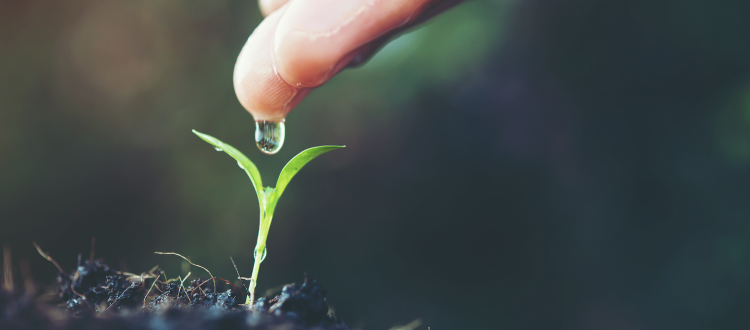When Confronting a Pandemic, We Must Save Nature to Save Ourselves
It is not a coincidence that the rise in wildlife-borne diseases has occurred alongside increasing human encroachment on nature and a rapidly changing climate. Three-quarters of the earth’s land area is now heavily altered by human use, and species extinctions is occurring at almost 1,000 times the natural rate. In the U.S. alone, we lose a football field worth of open space every 30 seconds, and 1 in 5 native species is at risk of extinction. Habitat loss and overexploitation of wildlife—compounded by climate change—are driving factors in the disease boom, and they endanger human health in three ways:
- Expanding transmission pathways from wildlife to humans. Habitat destruction and wildlife consumption, especially the large-scale legal and illegal wildlife trades, increase the rate of interaction between humans and disease-carrying animals, exposing our most vulnerable frontline communities—and our entire species—to new pathogens.
- Disrupting ecosystems and biodiversity. Habitat fragmentation and changes in the populations of different species can throw ecosystems off balance—eroding the built-in checks and balances that reduce and regulate the risk of disease—and cost future generations undiscovered medical breakthroughs in vanishing biodiversity.
- Reducing communities’ ability to cope. Loss of natural areas translates into fewer spaces for people to enjoy the great outdoors. Many studies have shown the direct connection between time spent in nature and healthy populations—both mentally and physically. In the face of global health crises, access to nearby parks and open space is critical for all communities.
- https://www.americanprogress.org/issues/green/reports/2020/04/20/483455/confronting-pandemic-must-save-nature-save/
